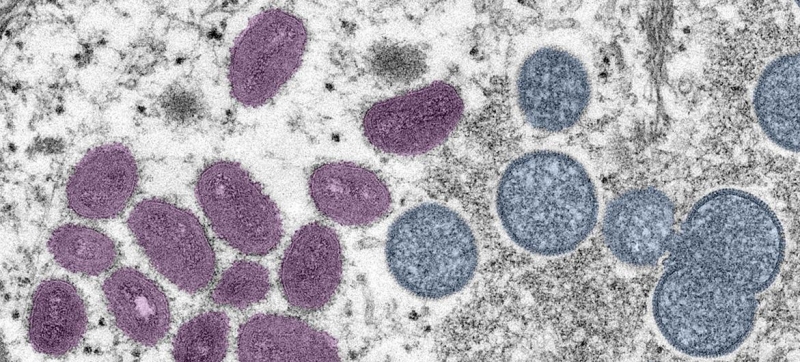
Monkeypox under a microscope. WHO steps up efforts to contain monkeypox outbreak in Africa Health
The World Health Organization (WHO) is urgently stepping up support for countries to scale up efforts to contain a new monkeypox outbreak affecting the Democratic Republic of the Congo and then spreading to neighboring African countries.
Following the advice of independent experts from the International Health Regulations Committee, the WHO Director-General on Wednesday declared the monkeypox outbreak a “public health emergency of international concern.”
Since the start of this year, more than 2,100 laboratory-confirmed cases and 13 deaths have been reported in 12 countries in Africa – compared with 1,145 confirmed cases and seven deaths in all of 2023 in 11 countries.
“We are actively working with governments and communities to strengthen monkeypox control measures and ramp up efforts to contain the spread of the virus,” said Dr Matshidiso Moeti, WHO Regional Director for Africa.
WHO is scaling up support to affected countries by deploying additional experts, including epidemiologists and anthropologists, and providing initial funding to accelerate the outbreak response. Efforts are also underway to strengthen cross-border collaboration in case investigation, contact tracing of infected patients, and community engagement to ensure compliance with preventive measures.
Efforts are being stepped up to strengthen national diagnostic capacity by providing test kits and reagents, as well as equipment for decentralized testing. Countries bordering the Democratic Republic of the Congo are intensifying surveillance, training of primary health workers, and conducting public information campaigns.
Monkeypox was first discovered in humans in 1970 in the Democratic Republic of the Congo. The disease is considered endemic, meaning it is found in Central and West Africa.
Monkeypox is transmitted from animals to humans. The virus can also be transmitted from person to person through contact with body fluids, broken skin, airborne droplets, and contaminated objects.
